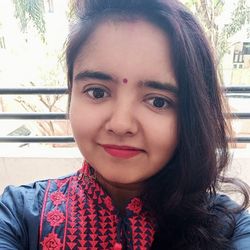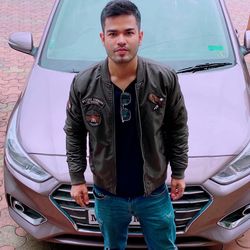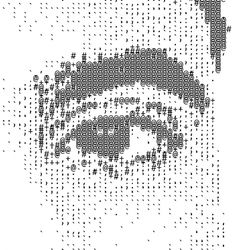

Kingdom Porrifera mainly includes asymmetrical organisms,which are normally known as “sponges” they are basically multicellular in nature and have cellular level of organisation .
They have a type of water transport systems commonly known as “canal system “,in which water enters through minute pores called -”ostia"In the body wall into the central cavity known as-"spongocoel".
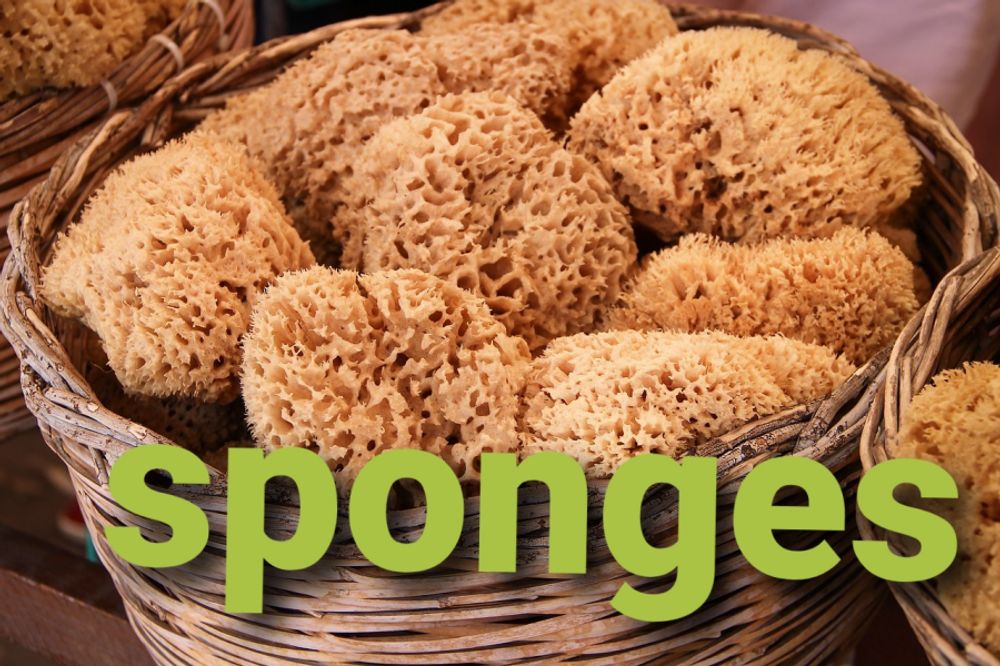
These are basically "hermaphrodite" in nature means male and female gametes are present in the same organism.
Or you can also say a that sexes are not seprate. They mainly reproduced asexually by fragmentation and sexually by the formation of gametes. Fertilization is internal and development is indirect as they have a larval stage too,which is mainly morphological different from adult.

In this Porrifera the water pathway are very beneficial
🔴👉 for food gathering
🔴👉respiratory exchange
🔴👉removal of waste.
These porifera or we can say sponges have basically a type of skeleton made up of "spicules" or “spongin fibres”
Some important Examples are:-
🔴👉Spongilla
🔴👉Sycon
🔴👉Euspongia
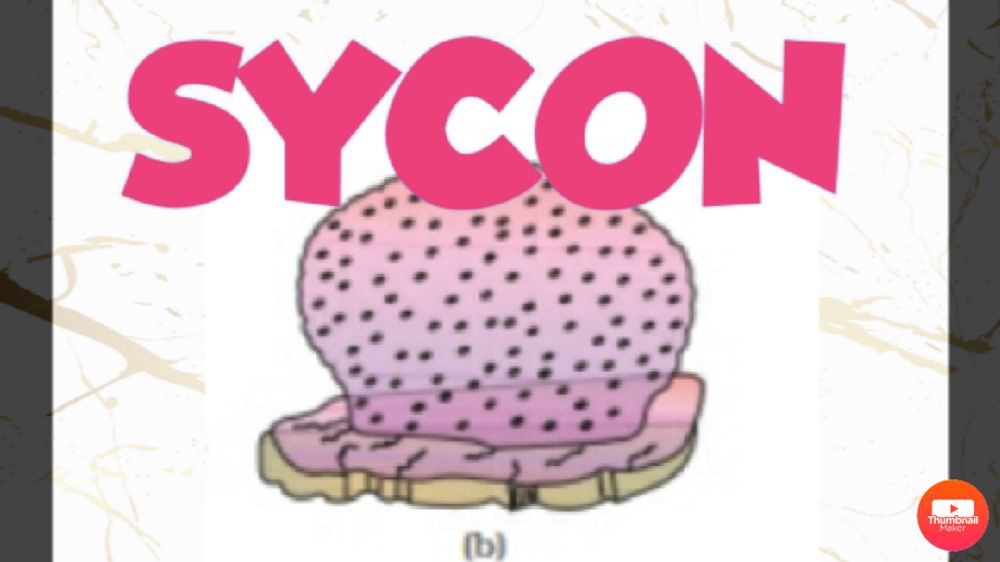
The above examples are also known by other names like below 👇👇👇
👉Bath sponge(Euspongia)
👉scypha(Sycon)
👉fresh water sponge(Spongilla).
These sponges are generally marine in nature.
🔴👉some other characteristics of sponges are below:-
➡️ morgans are basically absent in sponges.
➡️ there body is mainly cylindrical in appearance.
➡️ "Spicules" are secreted by 👉Scleroblast👈and "spongin fibres are secreted by -👉spongioblasts.
➡️ They have nuerosensory cells which are devoid of any specific system.
➡️ There mode of nutrition is 👉Holozoic👈.
This phylum Porrifera is further devided into 3 main class these are below:-
🔴👉1.CALCARIA-
They are commonly found in marine,shallow and coastal water.and there skeleton is made up of 👉calcareous spicules made up of calcium carbonate and exhibit radial symmetry .
They have leuconoid,asconoid and syconoid type body organisations.
Example- scyoga.
🔴👉2.HEXACTINELLIDS:-
They mainly found in deep sea and are also marine in nature. There skeleton is made up of 6 rayed ciliceous spicules.
They have basically sycon or leucon type canal system.
Example-Eucaptella
👉🔴3.DESMOSPONGIAE:-
These are also a type of sponges which are basically found in marine or freshwater.
They possess a leconoid type of canal system.
There skeleton is made up of- spongin ,siliceous spicules which are mono axon or taxon in nature.
Example- spongilla.
Porifera are mainly attracted to seafloor and cannot move from one place to another due to this nature they share this characteristic with plants.



